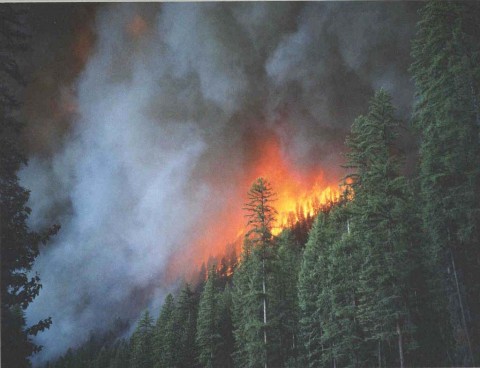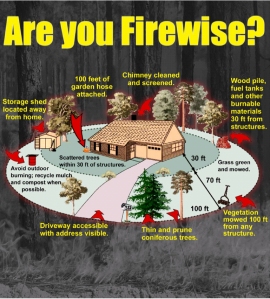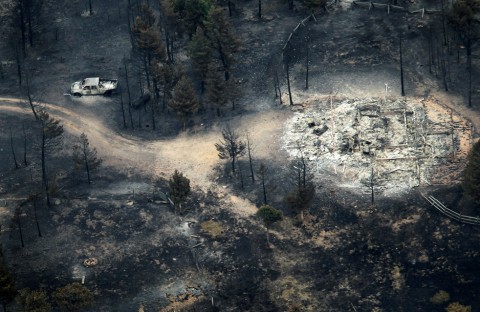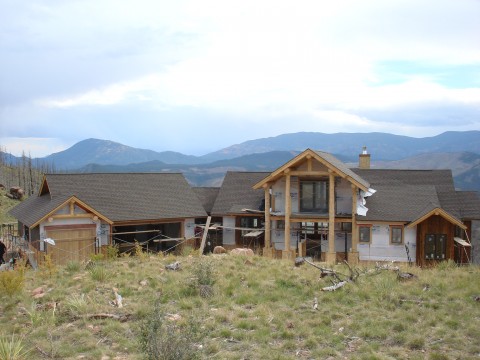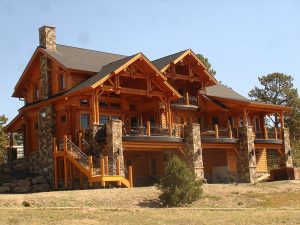When massive forest fires make the national news, it is unsettling. When the fire is in your community, it is frightening and when you or your property is directly affected by the fire, it is devastating.
The recent fires in Conifer have reminded us of just how easy it is for thousands of acres to be consumed so quickly, and that we all run the risk of losing our property in a fire. Preventative steps should be taken by all rural owners annually to protect their homes and buildings from a raging forest fire by practicing wildfire mitigation in the defensible space around their home. Keeping combustible vegetation to a minimum within 30 feet from all structures, and reducing the vegetation fuel within 100 feet of a structure by thinning, pruning and removing trees and plants in order to create a fire break from the rest of the property.
However, even in the best of circumstances, buildings may be lost in a raging uncontrolled wildfire. After the initial shock of the loss and devastation, many owners are unsure of what the next step is in rebuilding their life and their property.
First, know that property can always be replaced and focus on the greater needs of yourself and your loved ones and neighbors. This is a time to support each other and find comfort in the community that you are a part of. When the new day comes and the sun shines again, it is time to rebuild. Chances are, your homeowner’s insurance agent has already contacted you, but if not, you will need that number on your speed dial for the foreseeable future.
Your home is appraised by your insurance company at every renewal, and in the case of a total loss, it’s fairly cut and dry what the next steps will be. Most of the time, the insurance company will issue a check and you will be on your own to rebuild your home. You will need to find architects, engineers and contractors, and you will have to go through the entire process of building a new home.
Know that while a fire may destroy the structures on a property, there are things that can be salvaged. The condition of the overall site drainage, driveways, well and septic systems and any underground utilities may have made it through undamaged. Do not expect your foundation to have survived the fire – in most cases, the high temperatures cause spalling and damage the integrity of the concrete. Partial loss fires may be a different story, and a licensed structural engineer can assess what is and isn’t salvageable.
It may be impossible to re-create your exact home unless you happen to have stored existing plans offsite. Of course, you may not want to either. This is an opportunity to improve the home in a new design. An architect can re-trace your steps in the old home with a thorough interview, and then you have the ability to make changes to any parts of your home that did not function so well. In fact, in many cases, our clients who have experienced a total loss, have designed entirely new homes that shared little with the original home, save the general location on the lot.
The design team also needs to be in communication with the insurance company as well. Some policies may have language that prohibits coverage of certain things, and mandates that other items be provided. Unless you were planning on spending more than the policy covers, managing the cost of all of this has to be carefully controlled.
In the event of a total or even a partial loss, know that there are people who can help. The emotional loss will take far longer to recover from than the replacement of the buildings, but the sooner you can rebuild, the faster the healing process will go.

